Maintaining a clean dehumidifier is crucial to ensure its efficiency and keep the air in your home fresh and healthy. A dirty dehumidifier can harbor mold spores, dust mites, and other allergens, negatively impacting indoor air quality.
In this guide, we'll show you how to clean the outside of your dehumidifier, using vinegar for a deep clean. We'll also cover internal cleaning, including:
ㆍDealing with mold
ㆍCleaning filters
ㆍCleaning pumps
ㆍCleaning drain hoses
ㆍCleaning evaporator coils.
Why Do You Need to Clean Your Dehumidifier?
Dehumidifiers draw in moist air, remove the moisture, and then release dry air into the environment. Cleaning the dehumidifier properly is vital for a few straightforward reasons.
First, it keeps your dehumidifier working efficiently. As a result, it can do its job well in reducing humidity in your home.
Second, Baseaire dehumidifier can improve air quality by reducing the presence of mold spores and allergens. Extend the lifespan of your dehumidifier, reducing the need for costly repairs or replacements.
What Are Different Cleaning Steps to Follow?
Here are seven steps, which are divided into the cleaning of external and internal components. Let's explore them.
early-stage preparations
Before cleaning, ensure the dehumidifier is turned off and unplugged from the power source. This will prevent any electrical accidents and make it safer to handle the unit.
1. External Cleaning Process

The dehumidifier's outer parts, like the casing and vents, can collect dust and grime. This can block air movement, making the dehumidifier less effective at removing moisture. It can also make your dehumidifier use more energy.
Vinegar is an excellent natural cleaner. It has a bit of acid, which makes it good at cleaning and killing germs. To clean the outside of your dehumidifier, start by mixing equal parts of water and vinegar in a spray bottle. Spray the mixture on a cloth or sponge and gently wipe the exterior, including the vents and buttons. Afterward, rinse the cloth or sponge with water and use it to wipe the dehumidifier again to remove any remaining vinegar solution. Finally, dry the exterior thoroughly to prevent water from seeping into the internal components.
2. Internal Cleaning Process
The external cleaning is not enough to keep your BaseAire dehumidifier in shape. Cleaning the internal components of your dehumidifier is essential for maintaining its efficiency and ensuring it operates effectively.
Remove and Clean the Air Filter
The air filter is designed to trap dust and other particles from the air. Over time, it can become clogged, reducing the efficiency of your dehumidifier. Follow these steps to clean the air filter:
Consult your user manual to locate the dehumidifier filter. Remove the filter and inspect it.
Vacuum the filter gently to remove loose dust and debris. For this step, you can use a vacuum cleaner with a brush attachment. Wash the filter with warm soapy water. Rinse thoroughly and let it air dry completely before reinserting it into the dehumidifier.
Clean the Water Tank

The water tray, also known as the dehumidifier bucket, collects moisture extracted from the air. If not regularly clean, it can become a breeding ground for mold and bacteria.
ㆍRemove the water tank and empty any remaining water.
ㆍUse a mixture of water and vinegar or a mold-specific cleaner.
ㆍGently scrub affected areas, including the water tank and internal surfaces.
ㆍRinse and thoroughly dry before reassembling.
Cleaning the Dehumidifier Pump
Cleaning the water pump is essential for preventing clogs and maintaining proper water removal. To clean the pump:
ㆍRemove the water tank and locate the pump, usually at the bottom of the unit.
ㆍRemove the cover and inspect for debris or clogs.
ㆍClean the pump with a soft bristle brush or cloth.
ㆍReassemble and plug in the unit.
Cleaning the Dehumidifier Drain Hose
Neglected hose attachment can lead to bacterial growth and affect indoor air quality. Here's why it's important to clean it:
Drain hoses can become clogged with algae, mold, or debris over time.
A clean drain hose ensures proper water drainage and prevents blockages.
Clean the hose by disconnecting it, flushing it with water, and using a cleaning brush or pipe cleaner to remove any obstructions.
Check and Clean the Coils and Fins

The coils and fins play a crucial role in the dehumidification process. Keeping them clean ensures efficient moisture extraction:
ㆍLocate the coils and fins by referring to the user manual.
ㆍGently vacuum the coils and fins to remove dust and debris. Use a vacuum cleaner with a soft brush.
ㆍMix water with a little mild soap. Wipe the coils with a damp cloth, but ensure they are dry before turning the dehumidifier back on.
Reassemble and Test Your Dehumidifier
After cleaning all the components, reassemble your dehumidifier and plug it back into the power source. Turn it on and check for proper operation. Ensure that the air flows freely and that there are no unusual noises.
Final Thoughts
Do this complete cleaning once a year, filters and tanks should be cleaned more frequently, about once every 3 months.
Always follow your dehumidifier's manual for specific instructions and safety tips, as cleaning methods may vary by brand and model. Cleaning the evaporator helps your dehumidifier works well, keeping indoor air dry and comfortable.
FAQs
How Many Years Do Dehumidifiers Last?
Most Dehumidifiers last around 5 to 10 years with proper maintenance and usage.
How Often Should You Clean a Dehumidifier?
For optimal performance, you should clean your dehumidifier regularly every three months. However, if you use it frequently or in an environment with excessive water, you may need to clean it more often.
How Do You Know When Your Dehumidifier Needs Cleaning?
Reduced efficiency, increased noise levels, or a noticeable musty odor are signs that your dehumidifier needs cleaning. If you notice any of these signs, it's time to clean your unit thoroughly.
How Do You Prevent Mold Build-up In a Dehumidifier?
To prevent mold build-up, empty and clean the water basin regularly. Always dry the tank thoroughly before reinserting it. Additionally, the dehumidifier should be run in well-ventilated areas to reduce the likelihood of mold growth.
Can You Use Bleach to Clean Your Dehumidifier?
While bleach can effectively kill mold and bacteria, it's often too harsh for regular cleaning of dehumidifier components. Instead, use mild detergent and warm water to clean the parts. If you need to disinfect, a diluted vinegar solution can be a gentler alternative.
Do You Need to Clean Your Dehumidifier if You Have a Built-In Pump?
Regular cleaning is still necessary even if your dehumidifier has a built-in pump. The pump may help remove water, but other components like the air filters, coils, and water tank still require maintenance to ensure the unit operates efficiently.

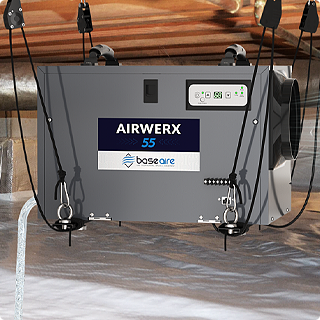
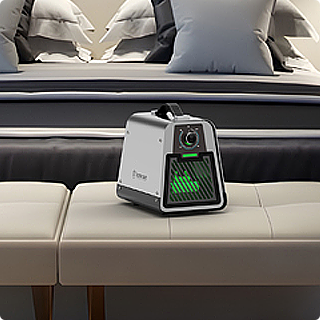
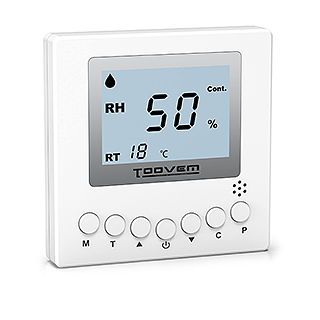
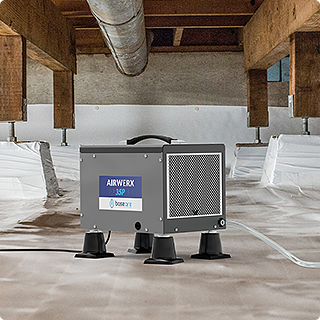
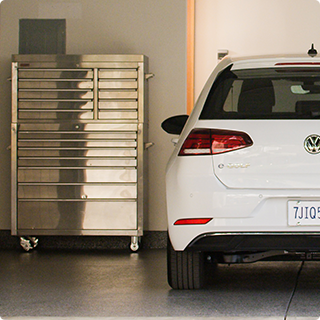
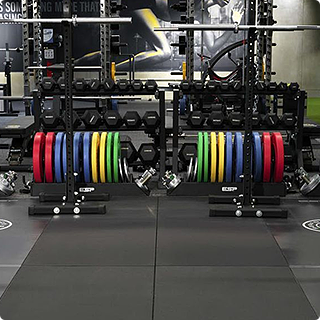
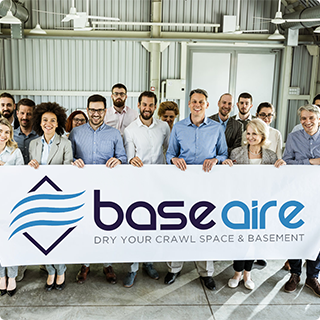

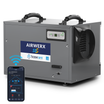
![BaseAire 888 Pro 7,000 mg/h Ozone Generator, Digital O3 Machine Home Ozone Machine Deodorizer - Ozone Generator from [store] by Baseaire - Disinfection, Ozone Generator](http://www.baseaire.com/cdn/shop/products/888-Pro-_-1.jpg?v=1698817267&width=104)
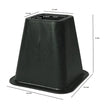
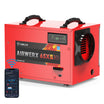
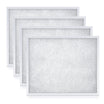
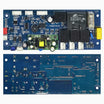
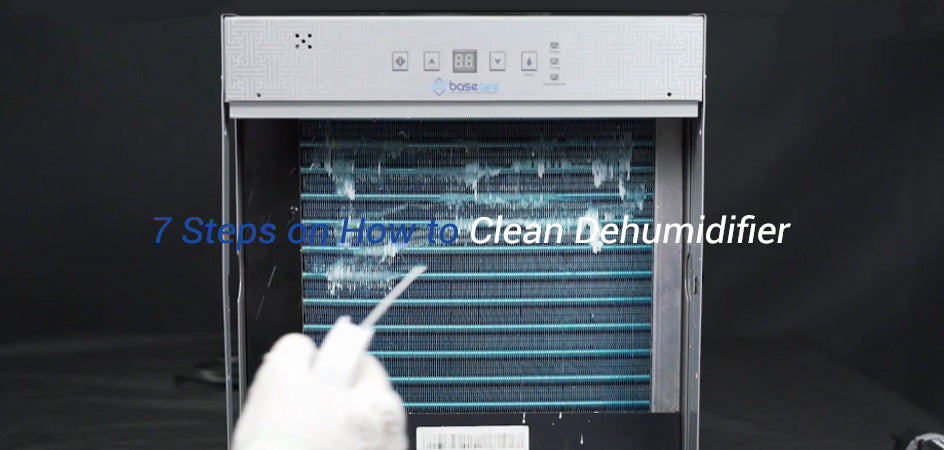
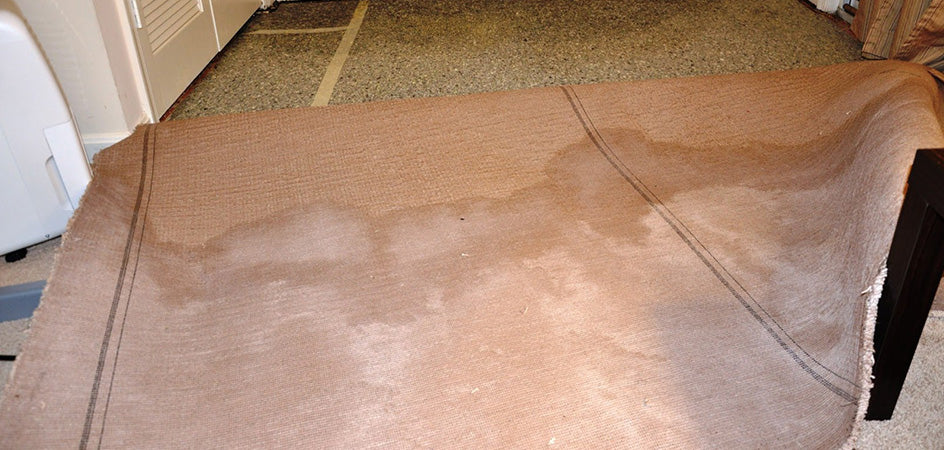

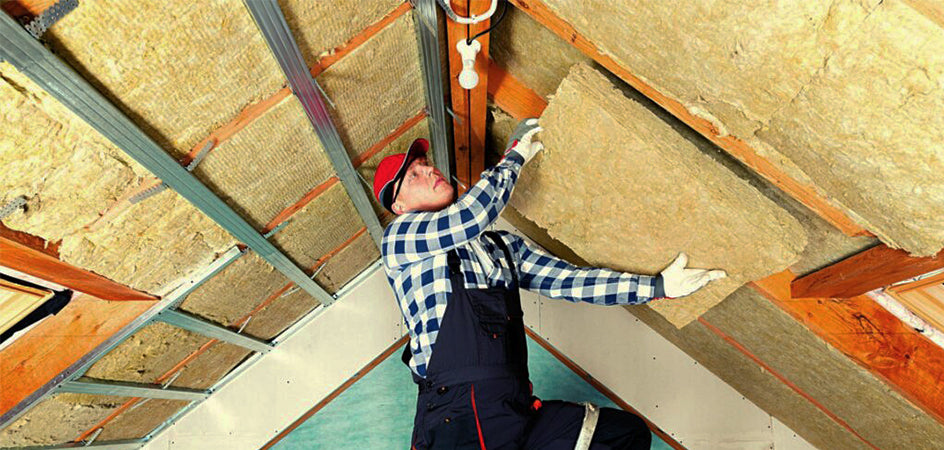




Hinterlasse einen Kommentar
Alle Kommentare werden vor der Veröffentlichung geprüft.
Diese Website ist durch hCaptcha geschützt und es gelten die allgemeinen Geschäftsbedingungen und Datenschutzbestimmungen von hCaptcha.